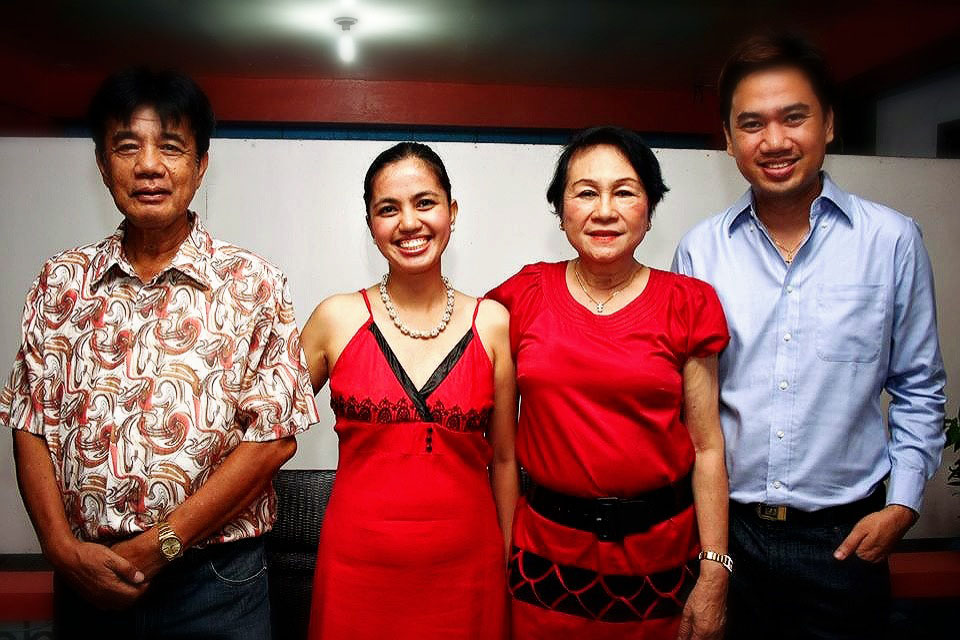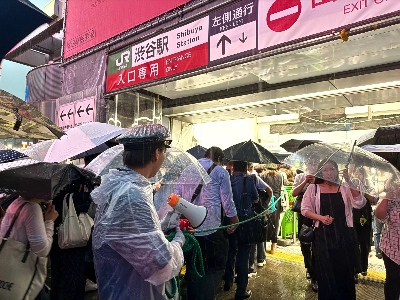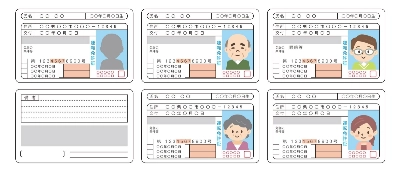Reggy Figer saw the news. A rapidly intensifying typhoon was heading towards his family in Tacloban. Concerned and nearly 3,000 km away in Nagoya, Figer sent a text message to his sister, Aileen Rose Figer-Peru, asking her to go to his parents' home.
The next day, on Nov. 8 last year, Typhoon Haiyan wrought havoc to the Philippines, claiming over 6,000 lives and destroying an estimated 50,000 homes in Tacloban alone. It is said to have been one of the most powerful and destructive typhoons on record.
Anxious about his family, Figer had to wait two full days for news. He tried calling. The phone lines were down. He posted on Facebook. No one responded. Only after reaching out to contacts in Japan was he able to learn anything. A friend asked her brother in the Philippines to check on Figer's parents and sister.



















With your current subscription plan you can comment on stories. However, before writing your first comment, please create a display name in the Profile section of your subscriber account page.